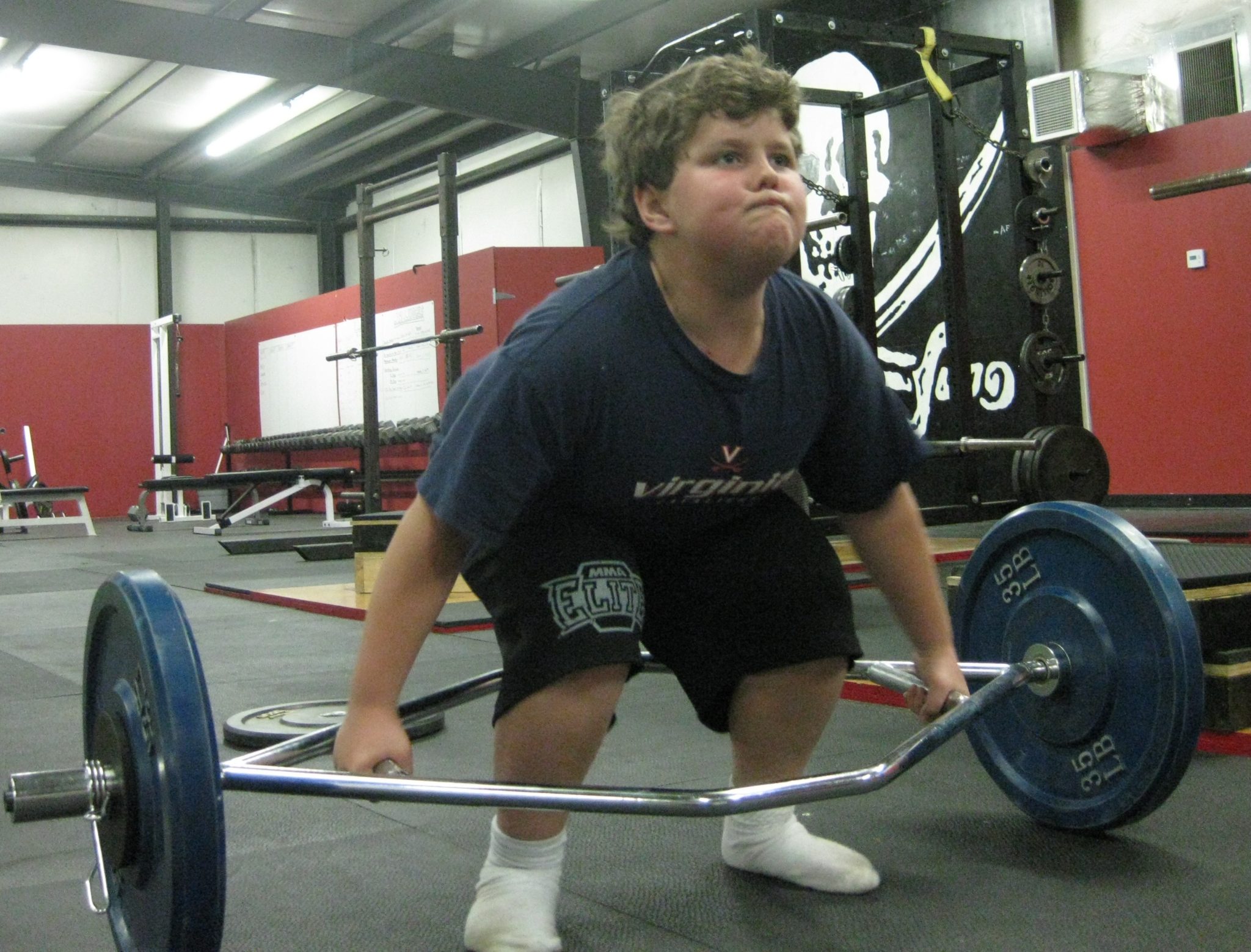
08 Oct Foundations Of An Effective Youth Strength Training Program
In the previous blog post we talked about the biggest flaws in youth strength training. You have probably experienced or at least known someone who has experienced a youth strength training program built off of the foundation of those flaws. You are not alone. It wasn’t very long ago that I was in high school spending 45 minutes surrounding a bench press with a cult of pasty white teenagers who all shared the same opinion that there was no such thing as wearing a T-shirt in the weight room that had fully intact sleeves.
Now let?s talk about what makes up a good youth strength training program. When developing a youth strength training program it is important that we remember that each individual is different. Experience level, coordination, flexibility deficits and muscular imbalances/weakness are a few of the many variables to look at before designing a strength and conditioning program for an individual. That being said, here is an outline of the most important foundations that an effective strength and conditioning program must have:
- 1. Assessment
As stated above we cannot blindly apply programs to individuals unless we know their background as well as their strengths and weaknesses. Simply throwing someone with imbalances into a generic program is like racing a car with bad alignment. It won’t take long for the wheels to fall off! Assessments are needed to fine tune the athlete, balance out his inefficiencies and get him ready for the demands of what? s to come. Evaluation of the assessment allows us to put a plan in place to address the unique needs of the individual in a systematic way.
- 2. Structural Balance
The body performs best when the left and right side are in balance with each other. If one side is operating more efficiently than the other you will not be able to perform at an optimal and safe level in the weight room and on the field. For example, typical imbalances of baseball players are GIRD (glenohumeral internal rotation deficit) and HIRD (hip internal rotation deficit). What that means is there is a significant difference of available range of motion in one shoulder compared to the other (and same for the hip), both of which can lead to injury and decreased performance.
- 3. Mobility and Stability
In order for athletes to perform basic functional movements there has to be a certain level of mobility available throughout the joints as they go through the range of motion. On the other hand, you must also exhibit a certain level of stability at the same time to ensure safe movement in a controlled manner. For example, in order to squat efficiently and maximize muscle activation you must have sufficient mobility in the hips and ankles while demonstrating tremendous stability of the knees all at the same time.
- 4. Learn the Basic Functional Movements
After we have addressed what needs to be fixed and have achieved balance with the athlete we can begin to teach the core movements that incorporate the majority of our exercise selection. These basic movements such as squats, lunges, deadlifts, and pushups are royally screwed up in the vast majority of the population. All I have to do is spend 10 minutes in one of the larger fitness clubs in the area before I feel the environmental effects of knee and back degeneration from watching 20 year old frat boys move as much weight as they can handle with no sense of proper form.
- 5. Progressive Overload
After an athlete understands perfect form for each exercise there must be a progressive approach to making those muscle groups stronger. This is achieved by continually adding weight or increasing the reps of each exercise in a “periodized” workout routine to support maximum strength and muscle growth while also allowing for recovery. Basically it means writing a program that allows the athlete to peak at the right time by controlling the variables of training frequency, intensity, and duration to allow for maximum athletic performance.
- 6. Nutrition and Supplements to Enhance Training
In order to get the maximum benefits from a strength program you must support your body’s nutritional needs to allow for the most muscle growth and strength improvements. Eating the right foods at the right time is essential for an athlete to understand. Among the top of the athlete’s needs is the increased need for high quality protein and branched chain amino acids to support protein synthesis (fancy word for muscle development).
If we can strive to meet most if not all of these foundations, the athlete can be confident that he will be able to maximize the effects of his training program. This will translate into a decreased chance for injury and increased performance on the field as well as a competitive advantage among his peers. Every athlete has the ability to reach the next level?it is our job to as strength and conditioning specialists to help them get there.
Read part 1 of this series, “Biggest Flaws in Youth Strength and Conditioning Programs”by Brad Stone.

